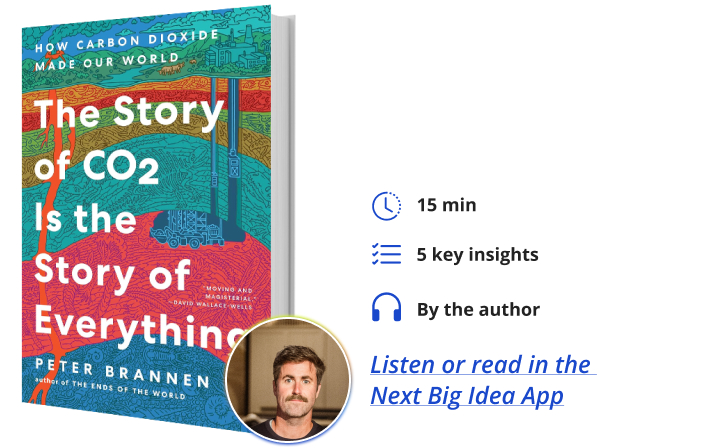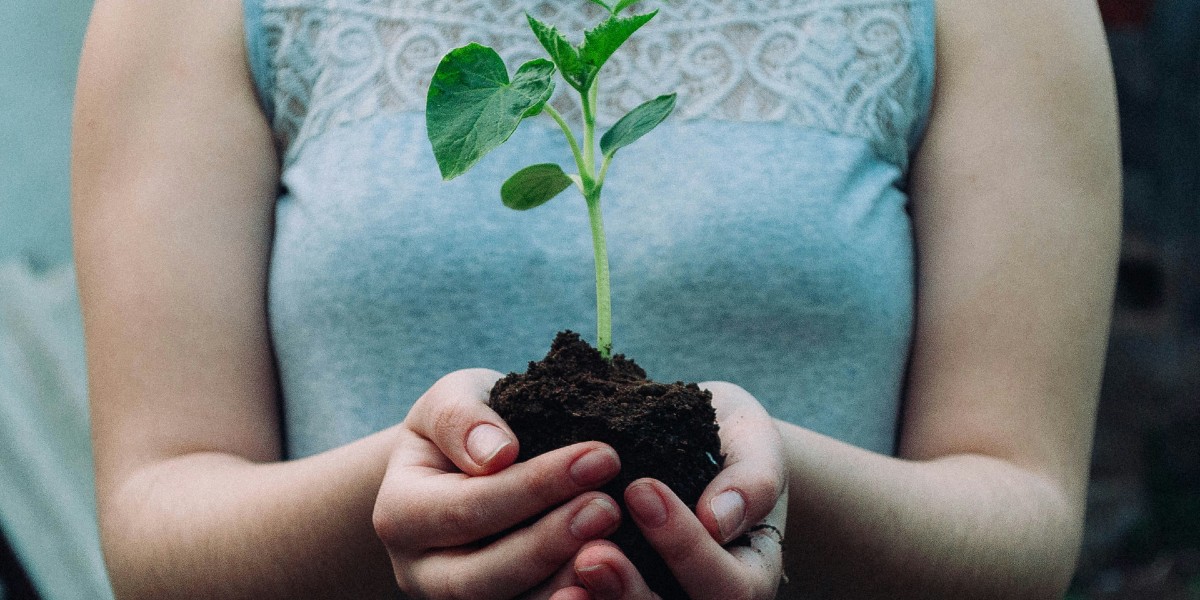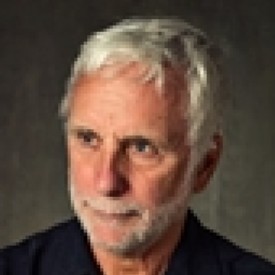Below, Peter Brannen shares five key insights from his new book, The Story of CO2 Is the Story of Everything: How Carbon Dioxide Made Our World.
Peter is a contributing writer at The Atlantic. His work has also appeared in The New York Times, The Washington Post, and other publications.
What’s the big idea?
Avoiding the direst future—and surviving into deep time—will require that we both begin to appreciate this cosmic perspective on climate change, as well as see humanity as a crucial component of, and not separate from, the global carbon cycle.

1. Over Earth’s history, CO2 has been the primary knob on the planet’s climate.
It’s a good thing that there is some CO2 in the atmosphere today because it maintains a temperature that is habitable to animal life. If all CO2 were suddenly stripped from the atmosphere, the temperature could drop roughly 60 degrees Fahrenheit in a half-century and lock the planet in ice, likely killing all animal life.
Normally, the ultimate source of CO2 in the atmosphere is volcanoes, which puff it into the air and oceans at one one-hundredth the rate that humans are emitting it now. This has kept the planet warm enough for animal life to persist for hundreds of millions of years. Without any CO2, the planet would freeze. On the other hand, too much CO2 in the air can push the planet into a dangerous greenhouse world (as has sometimes happened during Earth’s history’s worst mass extinctions).
Maintaining habitable CO2 levels is an astoundingly narrow window the planet must navigate. Over the past 50 million years, CO2 has ranged from 0.1 percent to 0.018 percent of the atmosphere. The difference between both ends of that tiny spectrum determines if there are alligators and palm trees in the Arctic or an Antarctica’s worth of ice burying North America.
The planet can navigate this tight window of temperature—not too hot, not too cold—through an extraordinary interplay between tectonics, chemistry, and life over millions of years which provides the planet with a kind of thermostat to manage CO2 levels in the air. However, this thermostat can break, and extremely rare climate cataclysms in the fossil record were all driven by changes in CO2.
2. CO2 is the source of all life on Earth.
Life on planet Earth is carbon-based, and the source of that carbon is CO2, the vast majority of which enters the living world through photosynthesis performed by plant life. Plants build themselves from CO2 in the air and from water they draw up with their roots, and, powered by sunlight, they make energy-dense plant matter, which then powers the rest of the living world as it enters the food chain. We then burn it in our metabolism back to CO2, releasing the energy back to the air. Plants build themselves, not from the ground up, but from the air around them. Similarly, if you go for a run, you lose weight by breathing it out as CO2.
“We then burn it in our metabolism back to CO2, releasing the energy back to the air.”
But since all life on Earth today is ultimately built from CO2, it follows that life’s origin some four billion years ago is also fundamentally a story about CO2. Indeed, it could be that eons ago, in rare corners of the Earth, at the bottom of the ocean around strange fizzing vents, these sorts of reactions were being carried out all on their own—in an age when geology ultimately transformed into biology. When CO2 was transformed into living matter, it gave rise to the world of life, which distinguishes our world from all other planets discovered so far.
3. CO2 profoundly shaped the evolution of humanity.
Human evolution was fundamentally guided by a long-term decline of CO2 over tens of millions of years. After the dinosaurs were wiped out, early in the age of mammals, our ancestors inherited the high CO2 greenhouse climate of the dinosaurs. There were polar rainforests and palm trees in Alaska. Ever since, there has been a long, slow decline in temperature to the geologically recent low-CO2 ice ages of the past few million years, in which humans evolved.
CO2 started to fall because volcanic outgassing might have declined, and great tectonic collisions could have drawn down CO2 as well. This happened to the point where, during the past few million years, there has been a surprisingly low CO2 level, making it relatively cold as a result. Starting around 2.6 million years ago, the planet’s greenhouse blanket had grown so thin that the Earth started to drop in and out of deep ice ages lasting tens of thousands of years, broken up by shorter, warmer periods lasting only a few thousand years, called interglacials. Our own interglacial began some 11,700 years ago and is, obviously, still ongoing.
Our genus Homo originates near the very start of these ice ages, and Homo sapiens would eventually evolve on this shivering planet. All life today, from large whales to plants, has adapted to this volatile, cold, low-CO2 world. In the depths of the last ice age, 20,000 years ago, sea level was 400 feet lower, and a third of North America was buried in mile-thick ice sheets. This was a dusty, shrubby world, and it has been argued that the climate spasms and deep cold of the Pleistocene encouraged humans to start using fire, a transformative technology that changed our very anatomy and allowed us to fuel massive energy-hogging brains.
We use fire as a kind of external metabolism, because cooking our food does a lot of the work of digestion for us. Rather than spending our bodily time and energy on breaking down food completely on our own, we could invest that energy into developing large brains. Fire, large brains, and the environmental pressures of an ice-age climate might have been what unlocked human sociality, language, and the uniquely additive phenomena of human culture.
“All life today, from large whales to plants, has adapted to this volatile, cold, low-CO2 world.”
We are a fundamentally low-CO2 creature, along with everything else alive today. By burning fossil fuels, we threaten to return the planet to the much hotter, alien climates of the ancient past, for which we—and most other life on Earth—did not evolve.
4. Civilization has forever been shaped by the flow of carbon through human societies.
From the origins of agrarian societies thousands of years ago through the biographies of great empires, the story of humanity has always been told through flows of carbon. That carbon was embodied in wild-foraged foods and agriculture, then metabolized back to CO2 by humans and our beasts of burden to power society.
Therefore, empires have always been limited in their ambition by the availability of plants on Earth’s surface. By digging up and metabolizing all the plants in Earth’s history via fossil fuels, industrial society has grown vastly more powerful than any species ever over the course of only a few decades. We burn through the carbon equivalent of all the animals on Earth every 10 weeks, and with all this extra energy, we have transformed the planet at an unprecedented rate.
While coal had been used in many societies for thousands of years, the explosion of fossil fuels in the past two centuries was made possible when this planetary battery of energy was paired with a unique way of organizing society and nature. As human societies scaled up agriculture, widened trade networks, and as technology advanced, a particularly warlike, cash-strapped, and market-oriented Europe began discharging this planetary battery of carbon, releasing it all back to the air as CO2. This was the Industrial Revolution.
5. Climate change marks a cosmically important event in Earth’s history.
As far as we know, we live on the only habitable and inhabited planet in the universe. In this planet’s miraculous history, the movement of CO2 between the rocks, air, oceans, and life has made it habitable. Few events compare with today’s ongoing transformation of the planet. By resurrecting all the plant matter ever from underground and burning it all at once, civilization has transformed itself and the planet at an almost unthinkable speed and scale.
We owe our lives to CO2, but so much of it has erupted from the crust into the atmosphere that it has overwhelmed the Earth’s ability to sequester it. In cataclysms like the greatest mass extinction of all time, a huge injection of CO2 into the atmosphere from volcanoes caused catastrophic warming and ocean acidification. When the carbon cycle is pushed too far out of equilibrium, planetary catastrophe can result. Today, humans are pushing on it as hard as ever, and we make more CO2 as a species than we make any other material on Earth.
Enjoy our full library of Book Bites—read by the authors!—in the Next Big Idea App:































